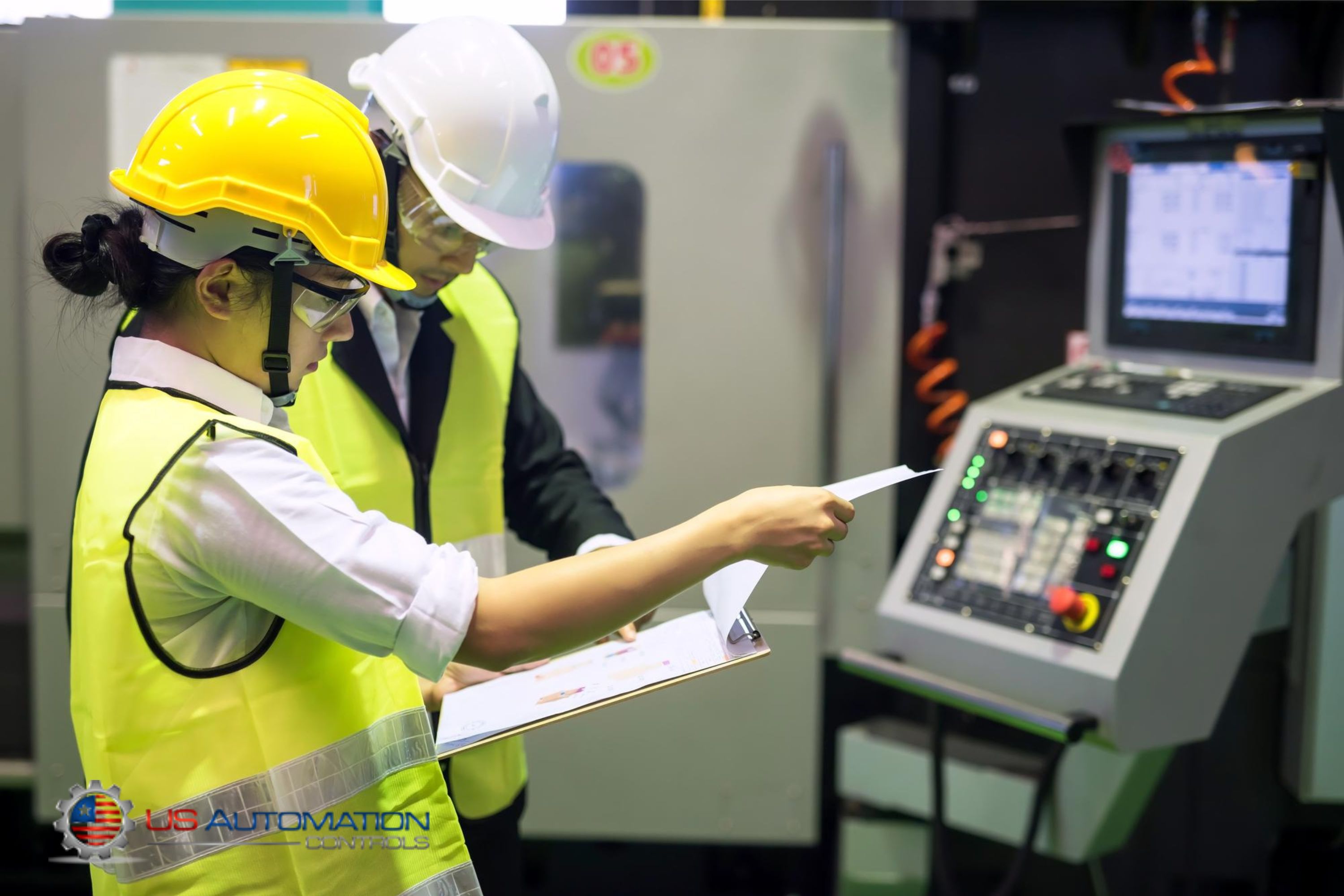Optocoupler VS Relay

An optocoupler and a relay play a very similar role in circuits, but they operate differently and offer specific advantages and disadvantages. To understand these differences we need to understand how each one operates first.
Optocouplers
How It Works
An optocoupler, also known as an opto-isolator, is a semiconductor device that transfers electrical signals between two isolated circuits using light. An optocoupler is made up of an LED on the input and a photodetector on the output side. When a voltage is applied to the LED, it turns on, emitting light which the photodetector picks up causing it to conduct electricity.
The Advantages
Optocouplers provide electrical isolation between input and output circuits, protecting sensitive components from high voltages or voltage spikes. They are commonly used in applications where electrical noise, high voltages, or potential differences between circuits need to be isolated, such as in industrial control systems and power supplies. In general, optocouplers are faster, smaller, quieter, and long-lasting.
Relays
How It Works
A relay is an electromechanical switch that uses an electromagnet to mechanically open or close electrical contacts. It consists of a coil of wire which is the electromagnet, and a set of contacts. These contacts are normally either closed or opened and they can be actuated by the electromagnet. Essentially, a relay is an electrically operated switch. Relays provide galvanic isolation between the control circuit and the load circuit, which helps prevent interference and protects control devices from high currents or voltages.
The Advantages
Relays are used in applications where high switching speed, current, or voltage is present.
The Differences
Cost
Optocouplers are cheaper than relays and the price gap is more than double! A 12V Relay can be as much as twice the price of a 12V octocoupler. This difference becomes massive when a large quantity of relays is needed. The difference between five and ten dollars isn’t much, but the difference between one thousand and three to four thousand dollars is vast.
Switch Speed
Due to the nature of relays and how they work, they are both slower and louder than opto-isolators. An optocoupler uses light emitted by an LED, therefore, the switch is almost instant. While noise may not be a factor for most applications where many fast switches are required, optocouplers are a better choice.
Power Handling
Optocouplers are better suited for low-voltage and low-power applications. They also use less power in comparison to a relay. A relay can handle more power but at the cost of speed.
Circuit Isolation
Opto isolators are called isolators for a reason. The two circuits that an opto isolator connects will not have any actual contact, therefore, any power spike or power noise is not transferred over. They can even be used to connect AC circuits to DC circuits.
Relays offer galvanic isolation. The concept of galvanic isolation is the prevention of current flow between sections of electrical systems. While current cannot flow between the sections, energy, information, or both, can still be exchanged between the sections. Some optocouplers offer the same benefit as well, they can allow current to flow both ways or just one way.
Electromagnetic Interference
A relay uses an electromagnet which means any electromagnetic interference will create problems with them. Optocouplers are not immune to EMIs either but they can withstand much more.
Optocoupler, Relay, Or Both?
The choice between using an optocoupler, a relay, or both depends on what the application demands, including factors such as speed, power handling, electrical isolation, and cost.
Optocouplers are preferred when electrical isolation between input and output circuits is required to protect sensitive components or devices. They are commonly used in applications where high-speed signal transmission, such as digital data or control signals, is required without the need for high current or voltage handling capabilities. They offer near immunity to electromagnetic interference, reliability, and compact size.
On the other hand, relays are better for switching high currents or voltages, or when galvanic isolation between control and load circuits is required. They are commonly used in applications where high-power switching capabilities are needed, such as motor control, lighting control, and power distribution systems. Relays offer robustness, and the ability to handle both AC and DC loads.


But, in some applications, both relays and optocouplers are utilized. In some applications, using both an optocoupler and a relay in conjunction may provide the best of both worlds.
An optocoupler transmits control signals to a relay and provides electrical isolation then the relay switches high-power loads. This combination is often used in industrial automation controls, power supply systems, and control circuits where both signal isolation and high-power switching are required.
Safety Relays and Solid State Relays
Relays come in many forms, each offering specific benefits for specific workloads.
Safety Relay
A safety relay aims to prevent any workplace accidents and any damage to equipment. A safety relay offers benefits such as:
Safety Functions Implementation
Safety relays implement safety functions such as emergency stops, two-hand control, safety gates, light curtains, and interlocking systems. These functions are essential for protecting personnel from hazardous machinery and equipment.
Redundancy
Safety relays often incorporate redundant circuits and components to enhance reliability. Redundancy ensures that the relay continues to operate correctly even in the event of a single-point failure, minimizing the risk of safety system failure.
Diagnostic Features
Safety relays may include built-in diagnostic features such as self-testing. These diagnostics help detect faults or failures in the relay itself, allowing for timely maintenance and ensuring continued safety compliance.
High-Integrity Circuits
Safety relays are designed with high-integrity circuits to minimize the risk of common cause failures and ensure the reliability of safety functions.
Certification and Compliance
Safety relays are required to meet specific safety regulations, therefore, they undergo a lot of testing for compliance with these regulations. However, safety relays are simple to operate, therefore, operating them does not require any specific training. Generally, all you need is some general electrical knowledge and some awareness of the standards required in your particular situation.
Solid State Relay
Relays are mechanical switches. Until the rise of solid-state electronics, relays were the best practical way to switch high-power loads.
With time the relay contacts will wear out or mechanical failure may occur. The solid-state relay or SSR addresses these problems. A solid-state relay has no moving parts, and no wear and tear.
Solid state relays solve many problems with normal relays but they also come with a few disadvantages:
Heat Dissipation
Solid-state relays generate heat due to the internal semiconductor switching elements. Unlike electromechanical relays, which have minimal power dissipation when closed, SSRs have continuous power dissipation even when conducting current to ensure reliable operation.


Voltage and Current Limitations
Solid-state relays have limitations on their maximum voltage and current ratings, which may be lower than those of electromechanical relays. This can restrict their use in high-power or high-voltage applications, where electromechanical relays may be more suitable.
Voltage Drop
Solid-state relays typically have a voltage drop across the output terminals when conducting current. This voltage drop can affect the performance of the load circuit, particularly in low-voltage or high-current applications, and may require compensation or adjustment.
Cost
Solid-state relays tend to be more expensive than electromechanical relays, especially for high-power or high-voltage applications. The additional cost is primarily due to the use of semiconductor components and advanced manufacturing techniques.
Contact Us Now
Us Automation Controls is here for all the supplies you need. Any kind of relay and optocoupler can be found on our website. Contact us today to place an order!




